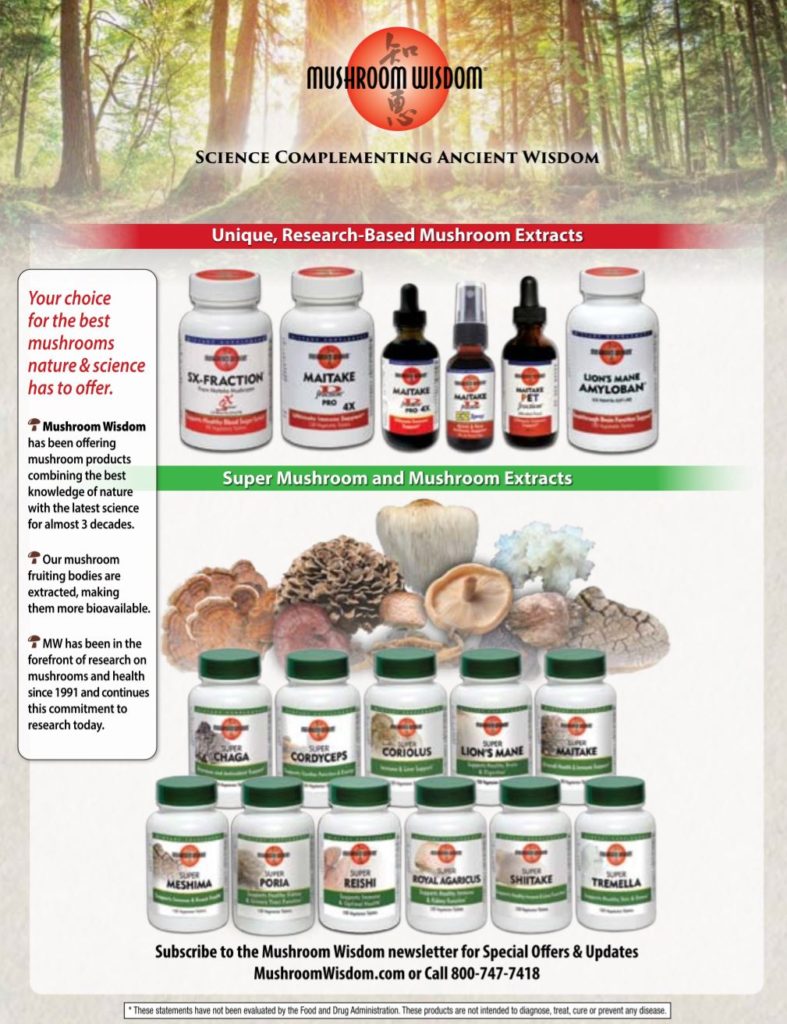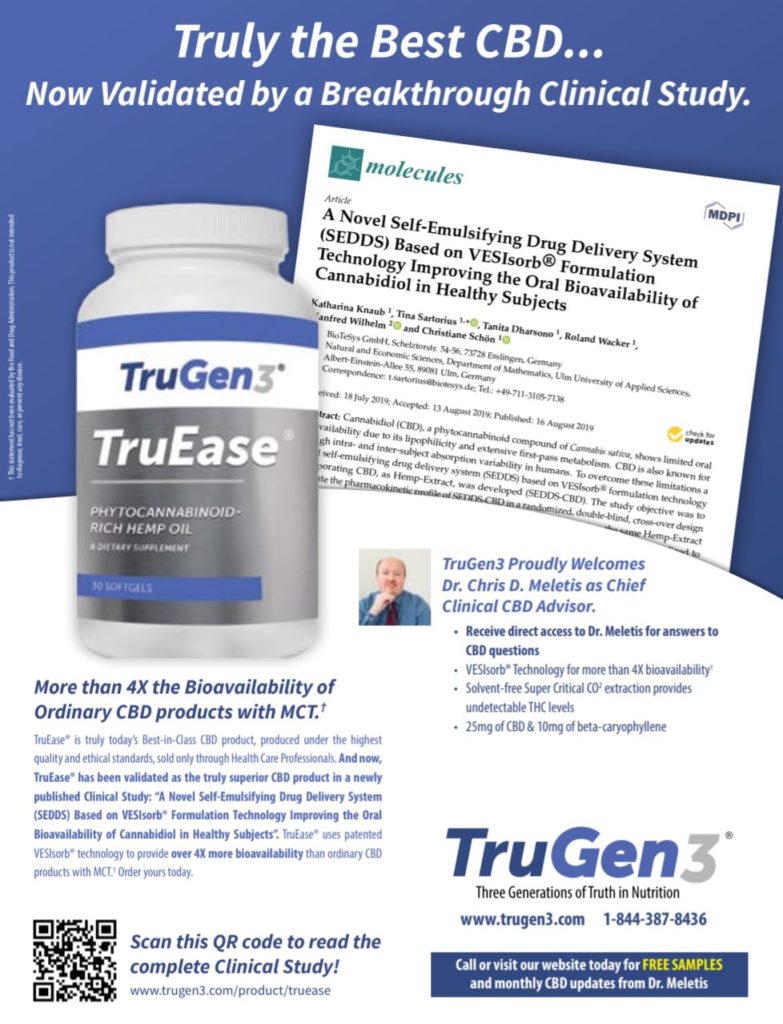…article continued:
Applied Kinesiology and Osteopathy
Osteopathy has been defined as “a comprehensive system of diagnosis and therapeutics based on the interrelationship of anatomy and physiology for the study, prevention and treatment of disease.” Certainly, no system of diagnosis and treatment can be called comprehensive unless all the body is included.
Dr. Andrew Taylor Still (1828-1917) included the entire body in his thinking. He defined osteopathy as “a science and art including a knowledge of anatomy, physiology, biology, chemistry and pathology.” Then he went on to say in his autobiography, “I expect to continue searching…where I find so much to interest me—in the brain of man with its…spinal cord and sets of nerves, branching off, completing the machinery which controls the telegraphy of life.”
Dr. William Garner Sutherland (1873-1954) was an avid osteopathic student of Dr. Still and followed his lead. He further investigated the cranial and cranio-sacral areas, which were picked up by Dr. Goodheart’s father (also an osteopath) and Dr. Goodheart himself, and this area of diagnosis and treatment has been deeply influential within Applied Kinesiology.
Osteopathy has had a different development outside the United States than inside. Inside the United States the successful development of osteopathic medicine to gain a full medical license has paradoxically lead to its unique identity being blurred and obscured within the medical field, leaving chiropractic, albeit with a more tangential public orthodox status, holding the ground, once the province also of osteopathy. By the 1960s the lure of wealth, status, and position ensured all but the boldest US osteopaths turned from their manual medical roots in the face of the powerful mid-century allopathic (drugs and surgery) hegemony. Within the mixed blessings of the embrace of osteopathy by orthodoxy, American osteopaths openness to or interest in Goodheart’s new found Applied Kinesiology, coming as it did from the rival chiropractic camp, fell largely on stony ground within the American osteopathic profession. In the UK, however, the osteopathic Diplomates, who stumbled upon AK at osteopathic post-graduate AK courses in the 1980s, have largely driven the growth of AK.
In the great majority of countries where osteopathy has developed, beyond its home in the United States, most osteopaths, like chiropractors, work primarily in the realm of musculo-skeletal medicine, focusing most of their skills on non-surgical maladies of the neuro-musculo-skeletal system and do not usually have a full medical license, even if, as in the United Kingdom, they are, like chiropractors, a closed, state registered profession.
Sadly, for those who have gained so much clinically from its study, manual therapeutics is still a minority clinical interest within the United States osteopathic profession. Why this might be so, is unclear. However, all clinicians tend towards conservatism, more easily taking and learning from their peers, with more suspicion for systems outside their home domain. The historic distrust that arose between some osteopaths and chiropractors in the United States tended to spill over onto other lands too. The considerable journey of study required to fully master the vast range of Goodheart’s scope of exploration may also be a dissuading factor, along with a blurring of public and professional understanding of Professional Applied Kinesiology and other “kinesiology” spin-offs.
However, here we will focus on the advantages of integrating such ideas, rather than possible reasons for this still appealing to a minority.
Osteopaths are proud of their hard-won palpatory skills. To develop the ability to distinguish between subtle variations of tissue texture and often obscure variations of motility of bony, organ, or soft tissue structures is a skill that requires many years of earnest and daily application. This is a hard-won attribute, not easily neglected.
AK Enhances Diagnostic Tools and Scope of Osteopathy
AK offers the osteopath a wide variety of enhancements. First is that it offers an alternative means to evaluate and confirm palpatory diagnostic findings and for measuring the outcomes of therapeutic endeavor.
With the growth of Sutherland’s ideas within osteopathy, a mild split grew up between those interested in and prepared to undergo the arduous journey of proficiency in palpating the Involuntary Mechanism of the craniosacral system, as outlined by Sutherland and further developed by others, versus those who wanted to follow a more musculoskeletal model.
Sutherland’s extremely subtle palpation left some wondering whether this was a case of operator’s prejudice, and giving up on the whole idea of manipulation with the cranial mechanism from their frustration in trying to sufficiently master the subtle levels of palpation required to effectively master this approach.16-17 This has left a rather barren argument within some quarters of osteopathy as to the validity of two sometimes opposing approaches, leading many osteopaths to see themselves in some way on one of two sides of a false dichotomy between so called ‘structural’ and ‘cranial’ approaches to treatment. Andrew Still’s original osteopathic insights and approach were themselves subtlety itself, which is why those who came after him had difficulty always conveying what “The Old Master” had been trying to teach them.18
Enter Goodheart and his adaptation of the ideas from Sutherland and others to the new-found tools of challenge and therapy localization and the functional manual muscle test (fMMT) into diagnosis and treatment of the stomatognathic and craniosacral system.
With Goodheart’s insights and techniques comes the refutation that the relationship of structure and function stops at the atlas vertebra. At the same time, while it may seem heretical to the adherents to Sutherland’s subtle approach to diagnosis, Goodheart’s novel insights open up the whole cranial field to other ways of diagnosis and treatment using his tools of challenge-therapy localization and the fMMT.
It can be readily shown—using the AK approach to cranial osteopathic diagnosis—that muscular dysfunctions as far away from the head as the feet are immediately responsive to cranial treatment. For instance, it is frequently demonstrated by AK cranial practice that functional compression of the vagus nerve (at its exit from the skull at the occipito-mastoid suture) will produce a host of vagal symptoms throughout the body. Reproducible patterns of stomach-related muscle inhibition (the pectoralis major-clavicular division) will be found which immediately respond to the proper cranial treatment at the occipito-mastoid suture. AK permits the assessment of the dynamic inter-relationships between a patient’s digestive, endocrine, immune, and hepato-biliary systems by isolating and testing their associated external muscle groups that immediately respond to “cranial challenges” at the foramen of the vagus nerve.







